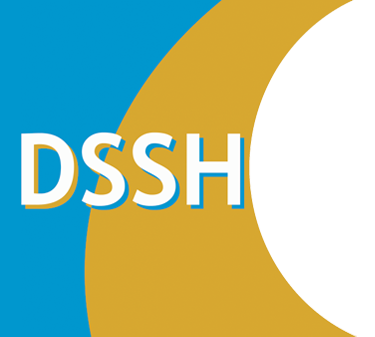Germ Simulation: A Novel Approach for Raising Medical Students Awareness Toward Asepsis
Introduction: Medical student procedural training has become increasingly limited amid concerns for patient safety. Because simulation education has been shown to be effective for early skills training, we used germ simulation for teaching hand hygiene principles and aseptic technique in urinary catheterization (UC). We hypothesized that…
Introduction: Medical student procedural training has become increasingly limited amid concerns for patient safety. Because simulation education has been shown to be effective for early skills training, we used germ simulation for teaching hand hygiene principles and aseptic technique in urinary catheterization (UC). We hypothesized that posttraining, students would demonstrate proficiency comparable to surgery residents. Methods: Seventy-five clinical clerks, second-year medical students, underwent the simulation training. Sixty-four volunteered to have their asepsis scores compared with 21 residents who were credentialed for UC placement. We used simulated germs to objectively quantify effectiveness of hand washing and maintenance of aseptic technique during UC. A task-specific check list was also used for assessing UC skills. Students completed a posttraining feedback survey. Results: Compared with residents, students after simulation training washed their hands with equal effectiveness at baseline (P = 0.2), maintained better sterility (P = 0.05), and had a higher technical proficiency score during UC (P < 0.001). Students believed that it was a great idea to use simulated germs to highlight effectiveness of hand washing (100%) and they indicated that they would pay extra attention when washing hands (97%). Conclusion: We describe a novel approach to germ simulation and a training approach to teach aseptic technique in UC. Students reported a heightened awareness of the importance of hand hygiene and aseptic precautions during UC. Further studies are needed to see if this could lead to a reduction in hospital-acquired infections.
Read more: http://journals.lww.com/simulationinhealthcare/Fulltext/2011/04000/Germ_Simulation__A_Novel_Approach_for_Raising.1.aspx
Full online text available for DSSH members trough DSSH/SSH membership subscription




